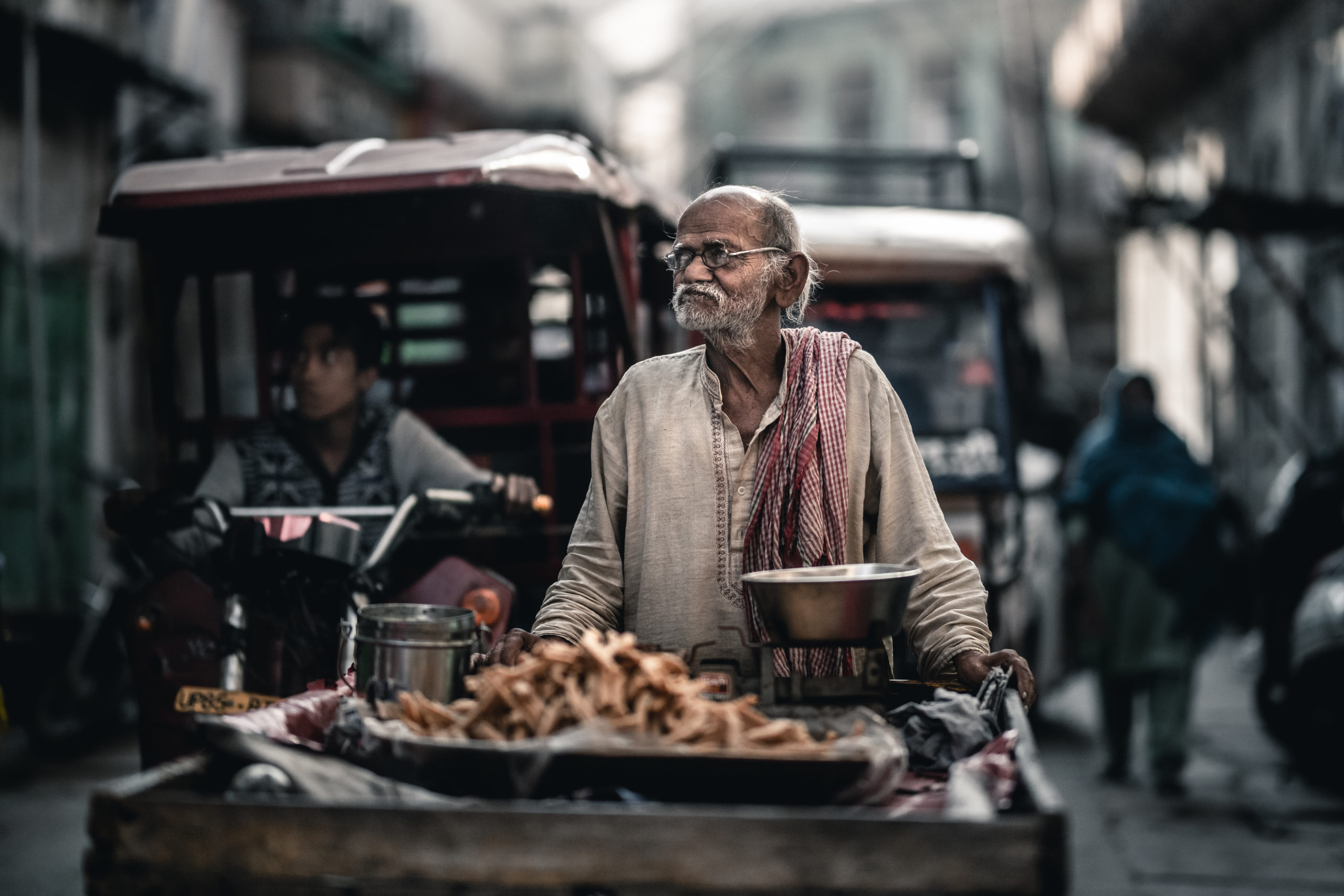The Main Principles Of Street Photographers
The Main Principles Of Street Photographers
Blog Article
Street Photographers Things To Know Before You Buy
Table of ContentsThe smart Trick of Street Photographers That Nobody is Talking AboutExcitement About Street PhotographersEverything about Street PhotographersThe Buzz on Street PhotographersThe smart Trick of Street Photographers That Nobody is Discussing
Street photographers do not always have a social purpose in mind, yet they like to isolate and catch moments which could or else go undetected.Though he was affected by most of those that affected the street digital photographers of the 1950s and '60s, he was not mainly interested in recording the spirit of the street. The impulse to visually document individuals in public began with 19th-century painters such as Edgar Degas, douard Manet, and Henri de Toulouse-Lautrec, that functioned side by side with professional photographers trying to catch the significance of metropolitan life.
Due to the somewhat primitive modern technology available to him and the long direct exposure time called for, he struggled to catch the stress of the Paris roads. He tried out with a collection of photo techniques, attempting to locate one that would permit him to catch movement without a blur, and he discovered some success with the calotype, patented in 1841 by William Henry Fox Talbot. While the photographers' topic was basically the very same, the outcomes were noticeably different, demonstrating the impact of the photographer's intent on the character of the photos he generated.
Provided the great top quality of his pictures and the breadth of product, architects and artists typically acquired Atget's prints to make use of as referral for their own work, though commercial interests were hardly his primary motivation. Instead, he was driven to photo every last remnant of the Paris he liked. The mingled enthusiasm and necessity of his goal luster through, leading to photos that narrate his very own experience of the city, qualities that anticipated street digital photography of the 20th century.
The 6-Minute Rule for Street Photographers
They reveal the city via his eyes. His job and fundamental understanding of digital photography as an art type functioned as ideas to generations of photographers that adhered to. The next generation of road digital photographers, though they likely did not describe themselves as such, was ushered in by the photojournalism of Hungarian-born digital photographer Andr Kertsz.
Unlike his peers, Brassa utilized a larger-format Voigtlnder camera with a longer direct exposure time, forcing him to be much more computed and thoughtful in his technique than he might have been if utilizing a Leica.
Cartier-Bresson was a my sources champ of the Leica video camera and among the first digital photographers to maximize its abilities. The Leica allowed the digital photographer to engage with the environments and to capture moments as they took place. Its relatively little dimension also aided the digital photographer fade right into the history, which was Cartier-Bresson's recommended technique.
Everything about Street Photographers
It is due to this fundamental understanding of the art of picture taking that he is frequently credited with rediscovering the medium throughout once more approximately a century considering that its creation. He took photos for greater than a half century and influenced generations of professional photographers to trust their eye and intuition in the minute.
These are the inquiries I will attempt to answer: And after that pop over to these guys I'll leave you with my very own meaning of street digital photography. Yes, we do. Let's kick off with specifying what a meaning is: According to (Street Photographers) it is: "The act of defining, or of making something precise, distinctive, or clear"
No, absolutely not. The term is both limiting and deceiving. Appears like a road photography need to be pictures of a streets appropriate?! And all street photographers, other than for a little number of outright novices, will fully value that a street is not the crucial component to road digital photography, and in fact if it's a photo of a road with possibly a few uninteresting people not doing anything of rate of interest, that's not road photography that's a snapshot of a street.
Street Photographers Fundamentals Explained
He makes a valid factor do not you believe? However, while I concur with him I'm unsure "candid public photography" will certainly capture on (although I do kind of like the term "candid photography") due to the fact that "road photography" has been around for a lengthy time, with several masters' names affixed to it, so I think the term is here to remain.
You can shoot at the coastline, at a festival, in an alley, in a park, in a piazza, in a coffee shop, at a gallery or art gallery, in a metro station, at an occasion, on a bridge, under a bridge ...
Yes, I'm afraid we have no choice! Without guidelines we can not have an interpretation, and without find out a definition we don't have a style, and without a category we do not have anything to specify what we do, and so we are stuck in a "guidelines meaning style" loop!
Unknown Facts About Street Photographers

Report this page